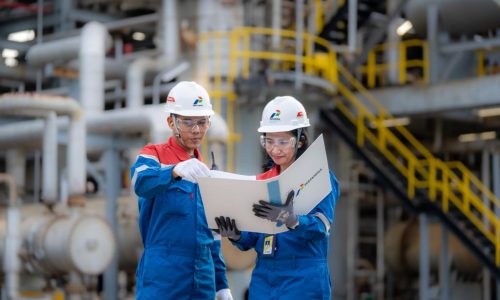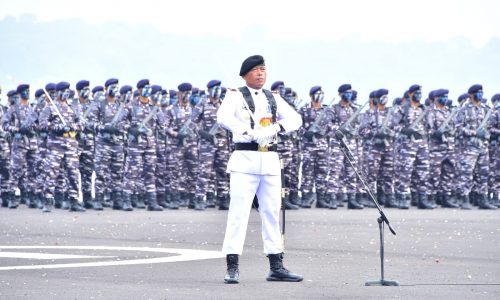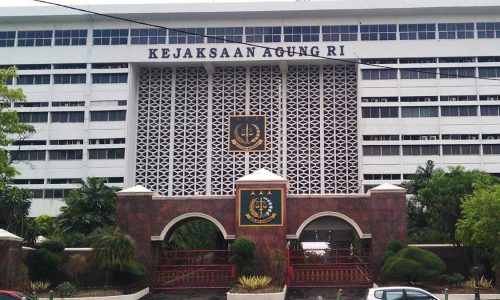Coordinating Minister for Economic Affairs Airlangga Hartarto announced that the government is currently in the process of developing prototype of carbon capture, utilization, and storage (CCUS) technology.
The development of the CCUS prototype involves two major US oil company Chevron and ExxonMobil.
Airlangga stated that Indonesia has many oil fields that can be used as carbon storage locations. With the prototype, the government had identified investment potential of US$ 50 per ton of carbon dioxide (CO2) from carbon injection practices.
Earlier studies
Previously, Pertamina and ExxonMobil have reported results of a joint study showing that Pertamina’s oil fields can potentially store 1 billion ton of CO2.
The number is said to be enough to store CO2 emission generated by Indonesia permanently for the next 16 years.
To strengthen the commitment in CCUS development in domestic oil and gas fields, Pertamina and ExxonMobil has re-signed an joint work agreement on a joint study.
The cooperation will be carried out to evaluate the potential for CO2 storage in aquifer saline formation within Pertamina’s work areas.
Aquifer saline is a location considered safe to store CO2 gas. Overtime, CO2 gas dissolved in salinized water will experience mineralized process and sedimentation.
Indonesia’s aquifer saline potential
Studies conducted by the Oil and Gas Testing Center (Lemigas) revealed that there is a 10 gigaton storage potential in aquifer saline located in the Central Sumatera basin, Kutai Basin, and Gundih and Sukowati oil and gas field in Central Java, and the Donggi Matindok oil field in Central Sulawesi.
In addition, Pertamina is currently attempting to obtain funding from the Just Energy Transition Partnership (JETP) in the form of grant.
The funding’s objective is to fund research in the acceleration of CCUS implementation in the oil and gas upstream sector.
Pertamina spokesman Fadjar Djoko Santoso, said that the company has appointed several oil and gas fields potential for the application of CCUS.
The locations include the Central Sumatera basin, Kutai and South Asri basin, and Gundih and Sukowati oil and gas field in Central Java, and the Donggi Matindok oil field in Central Sulawesi.
Fadjar also hoped that Pertamina can obtain parts of the JETP funding. The funds will be allocated for further CCUS research in Pertamina and non-Pertamina oil fields.









